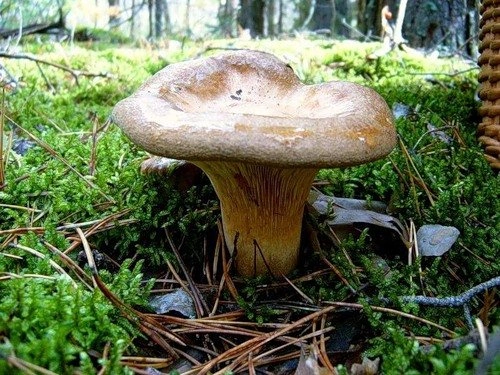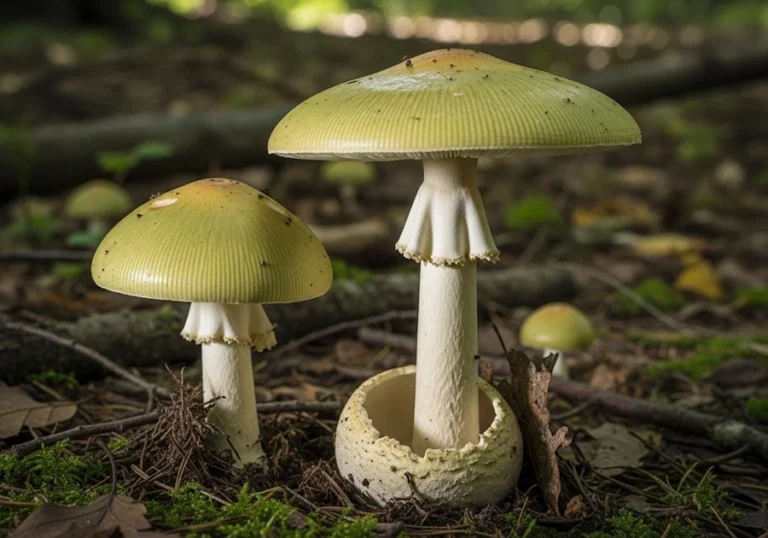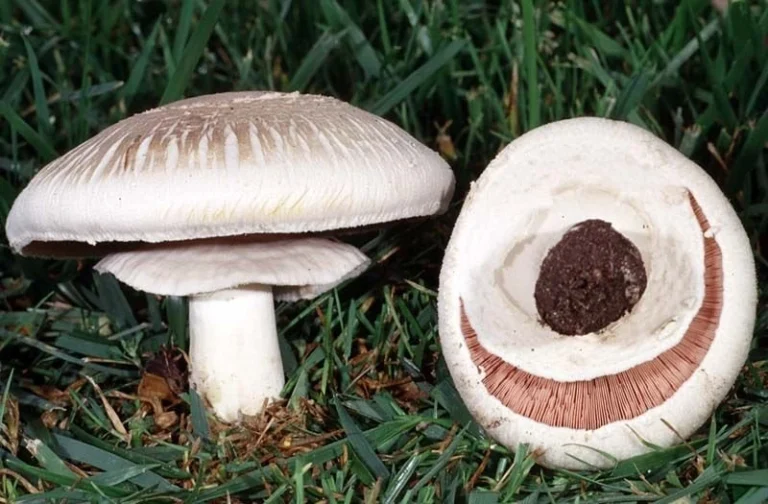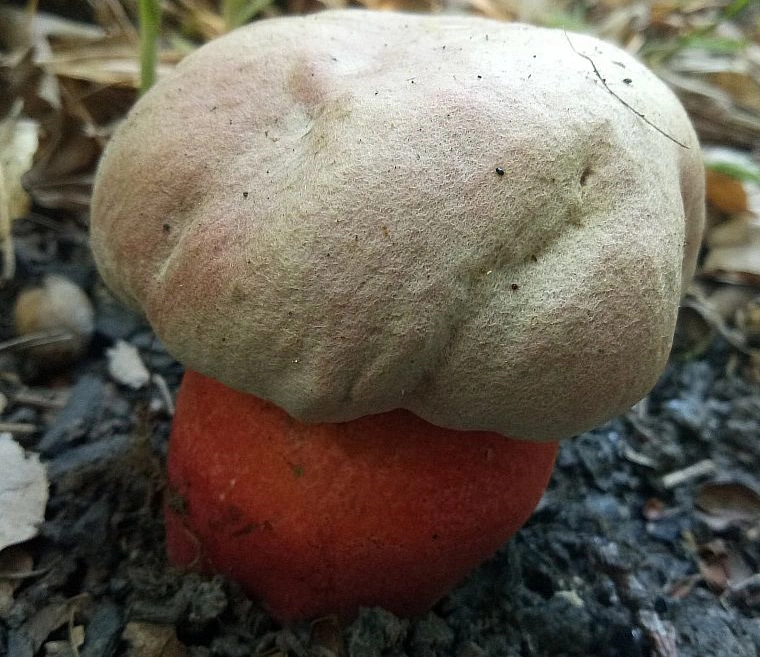
Paxillus involutus: brown roll-rim
Paxillus involutus stands out in mycology for its deceptive edibility—once consumed in Europe but now avoided due to toxins triggering immune responses. Its brown, funnel-like cap with rolled rims and bruising gills make it identifiable in woodlands, where it forms symbiotic ties with birches and pines, aiding nutrient exchange while thriving in acidic soils.


